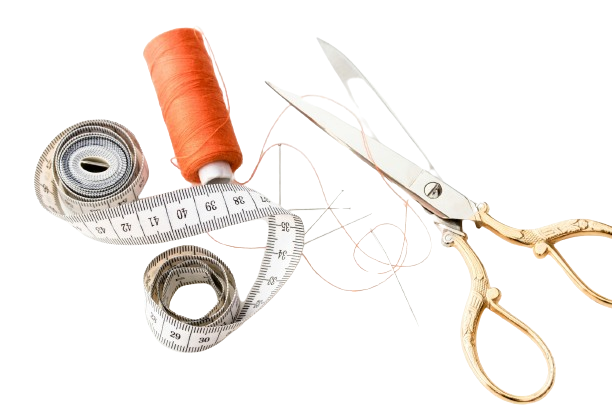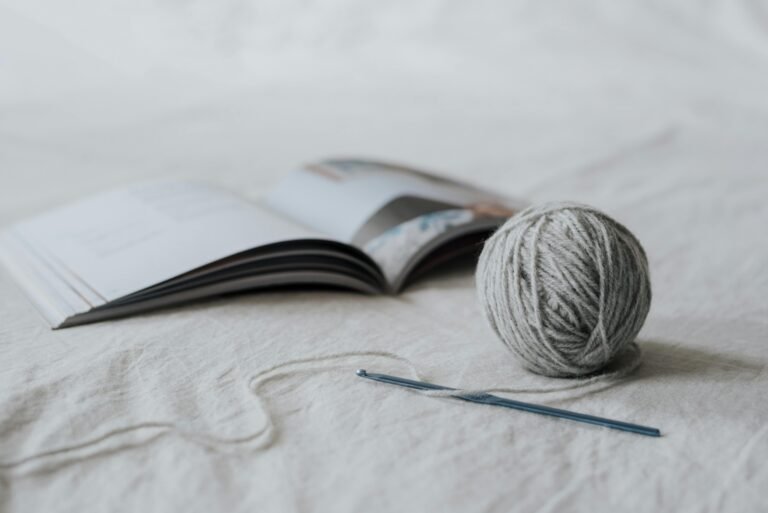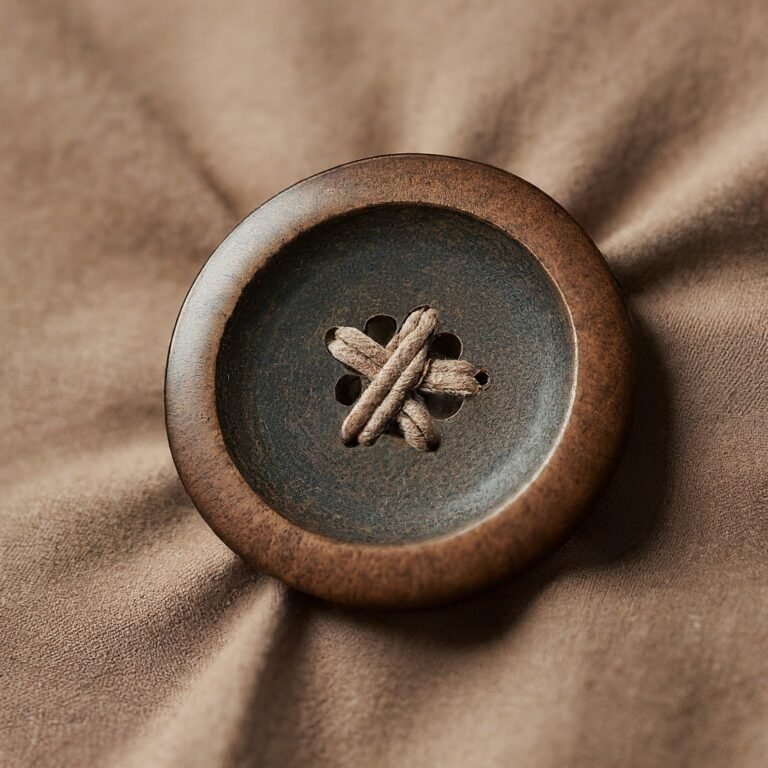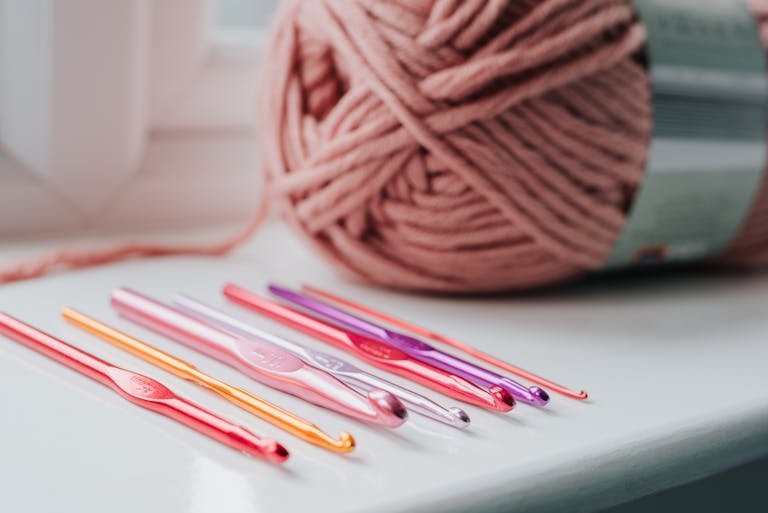Don’t Frog Out! Crochet Rescue Tips
Crochet is one of the most popular forms of art that makes thousands of people happy worldwide. But those who have worked with crochet for a long time also make mistakes in their work occasionally. Frogging is the strategy that comes into play at this stage. It is a term that is used in crochet and it specifically refers to the technical process of undoing what one has done. This guide is about What is Frogging in Crochet? its importance, and how to execute it effectively.
What is Frogging in Crochet?
Frogging refers to the process of unraveling or ripping out stitches in crochet work to correct mistakes or adjust the pattern. The term is formed based on the phrase, rip it, rip it, which sounds like a frog. Frogging as a concept applies to a small scale and can be done by removing some stitches or even on a large scale which involves undoing some rows or even the whole project.
When Do You Need to Frog?
Frogging becomes necessary in several scenarios:
- Incorrect Stitch Placement: When the placement of a stitch interferes with the pattern it was meant to create.
- Missed Stitches: When a stitch is left out deliberately, this results in an irregular row or shape of the work done.
- Wrong Yarn or Hook Size: The use of incorrect size can ruin the gauge and the general outlook of the project.
- Pattern Adjustments: Variations may be caused by a change in some aspects of the design or by scaling the extent of the work.
The Origin of the Term “Frogging”
The term “frogging’ has emerged relatively recently in the sphere of both crocheting and knitting. It is a humoristic reference to the ‘ribbit’ sound a frog makes which sounds phonetically like ‘rip it’ – this humorous terminology has been incorporated into the crochet community and is now part of the standard vocabulary when it comes to crocheting.
Why Frogging is Necessary
Frogging is an essential skill for any crocheter. It allows you to:
- Correct Mistakes: Correct mistakes that could adversely impact the outcome of the project.
- Maintain Quality: It’s crucial to take care and present a clean, professional, and well-edited final product.
- Adjust Fit: Tighten or expand according to desired diameter and form.
- Experiment with Patterns: Experiment with fabrics and stitches without worrying about ruining the garment.
How to Frog Your Crochet Work
Step-by-Step Guide
- Identify the Error: Double-check all your work to be able to find the error. If needed, place a stitch marker to hold the place.
- Prepare Your Work: Ideally, put your project on a flat and clean working surface. Make sure there is sufficient light to enable you to see the stitches properly.
- Secure Your Yarn: Wrap the working yarn securely and without pulling on it tight as this may cause entanglement.
- Start Unraveling: The yarn is then tugged delicately to unravel the stitches. If you are frogging a whole section, you can simply wrap the yarn around a ball as you do it.
- Rewind the Yarn: If you are undoing a significant portion, rewind the yarn into a neat ball to prevent tangling and knots.
- Resume Crocheting: Once you have fixed it, you simply join the yarn to the hook and proceed with your knitting job as usual.
Tips for Different Yarn Types
- Wool and Animal Fibers: These can be delicate and may be felt together if pulled too harshly.
- Cotton Yarn: It is not so entangling, but can be more difficult to pull out in case if stitches are too tight.
- Acrylic Yarn: It is generally easier to frog but sometimes it may become stiff and sticky.
Common Mistakes Leading to Frogging
Understanding common mistakes can help prevent the need for frogging:
- Incorrect Stitch Count: Remember to always check the stitch count after each row.
- Misreading the Pattern: Make sure that you give enough attention when reading the pattern instructions.
- Tension Issues: Always ensure that there is balance in the tension of your project.
- Wrong Hook Size: The initial step is to determine your gauge before you start the project.
Read Also: Decode Crochet: What Does “SK” Mean?
Preventing the Need to Frog
While frogging is a valuable skill, there are ways to minimize its necessity:
- Use Stitch Markers: These are used to remember one’s position within the pattern.
- Check Your Work Frequently: Always review your work to identify errors that you can correct at an early stage.
- Practice Swatches: Create small practice swatches to test new patterns and techniques.
- Follow Patterns Carefully: Read through the entire pattern before beginning your project.
Emotional Aspects of Frogging
Frogging can be annoying especially if one spends a lot of time on a particular project. Here are some ways to manage the emotional aspect:
- Stay Positive: Always do not forget that frogging is part of the learning process.
- Take Breaks: If frogging becomes overwhelming, take a break and return with a fresh perspective.
- Learn from Mistakes: Use each frogging experience as an opportunity to improve your skills.
Closing
Frogging can be described as an important stitching technique in crochet as it empowers the crafters to fix mistakes, ensure high quality, and innovate. It may be a bit irritating, but trust me; it will make you a better and stronger crocheter when you embrace the learning process and experiences. Always accept frogging as just a part of the process and do not forget that with every unwrapped stitch, people get closer to creating something beautiful.







